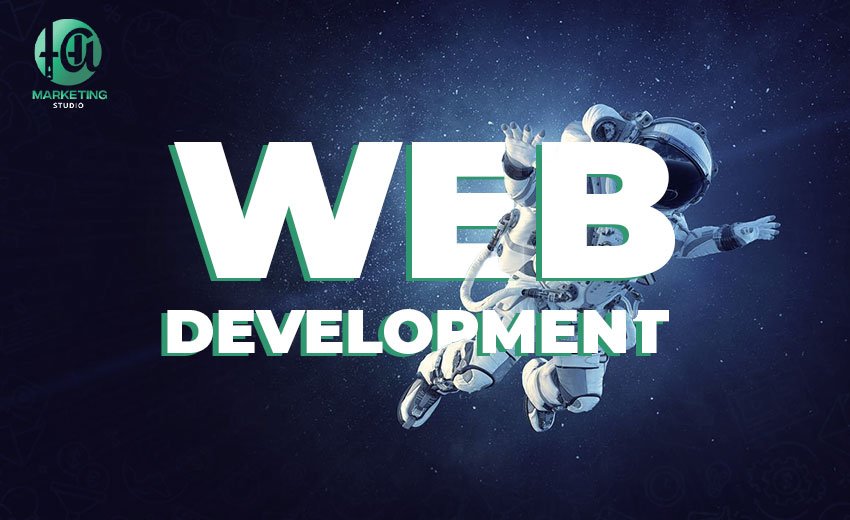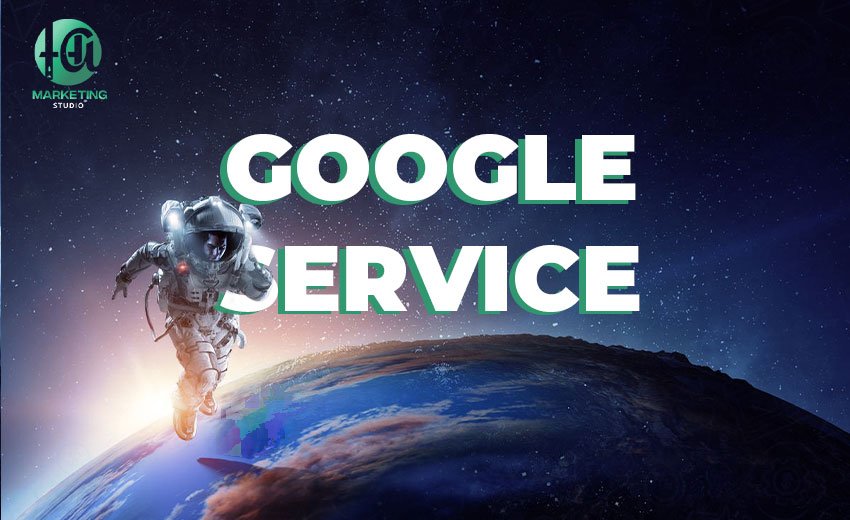With the ever-growing reliance on web-based services and applications, integrating with Application Programming Interfaces (APIs) has become essential for web development. APIs serve as bridges between different software applications, allowing them to communicate and share data seamlessly. This article explores how to integrate with APIs in web development, covering the benefits, steps, and best practices involved.
-Benefits of API Integration:
-Access to External Services:
APIs enable developers to leverage the functionality of external services and platforms, such as social media networks, payment gateways, mapping services, and more.
-Efficiency and Time Savings:
By integrating with existing APIs, developers can save time and resources that would have been spent on developing and maintaining custom solutions.
-Scalability and Flexibility:
API integrations facilitate modular development, making it easy to expand and extend web applications by integrating additional services and functionalities as needed.
-Steps for API Integration:
The process of integrating with APIs in web development typically involves the following steps:
-Research and Selection:
Identify APIs that best suit your project requirements. Consider factors such as functionality, documentation quality, pricing, and terms of use.
-Authentication and Authorization:
Determine the required authentication method for the API (e.g., API keys, OAuth) and implement the necessary mechanisms for secure authentication to ensure authorized access.
-API Integration:
Use API documentation and Software Development Kits (SDKs) to integrate the API into your web application. This may involve making HTTP requests, handling responses, and parsing data formats such as JSON or XML.
-Error Handling:
Implement error handling mechanisms to deal with API errors, network failures, and other unforeseen issues gracefully. Provide meaningful error messages to users and log errors for analysis.
-Testing:
Thoroughly test API integrations to ensure they function as expected under various conditions. Test edge cases, error scenarios, and performance to identify and address any issues.
-Optimization:
Fine-tune API integrations for performance, reliability, and security. Consider implementing caching, optimizing speed, and data validation to improve efficiency and mitigate risks.
-Documentation:
Document API integrations, including usage instructions, endpoints, parameters, and response formats. Good documentation provides essential support for developers utilizing the API.
– Challenges and Best Practices:
Despite the significant benefits that APIs offer, they also come with potential challenges. Common challenges include security and privacy issues, scalability, reliability, and performance. To overcome these challenges, it’s important to follow best practices such as implementing robust security strategies, utilizing appropriate logging and monitoring, and adopting horizontal scalability approaches.
-Conclusion:
In summary, API integration is fundamental to modern web development. By leveraging APIs, developers can enhance the functionality of their applications and extend their capabilities, thus improving user experience and achieving business goals efficiently. With the right steps and focus on best practices, developers can succeed in API integration and develop effective and robust web applications.














